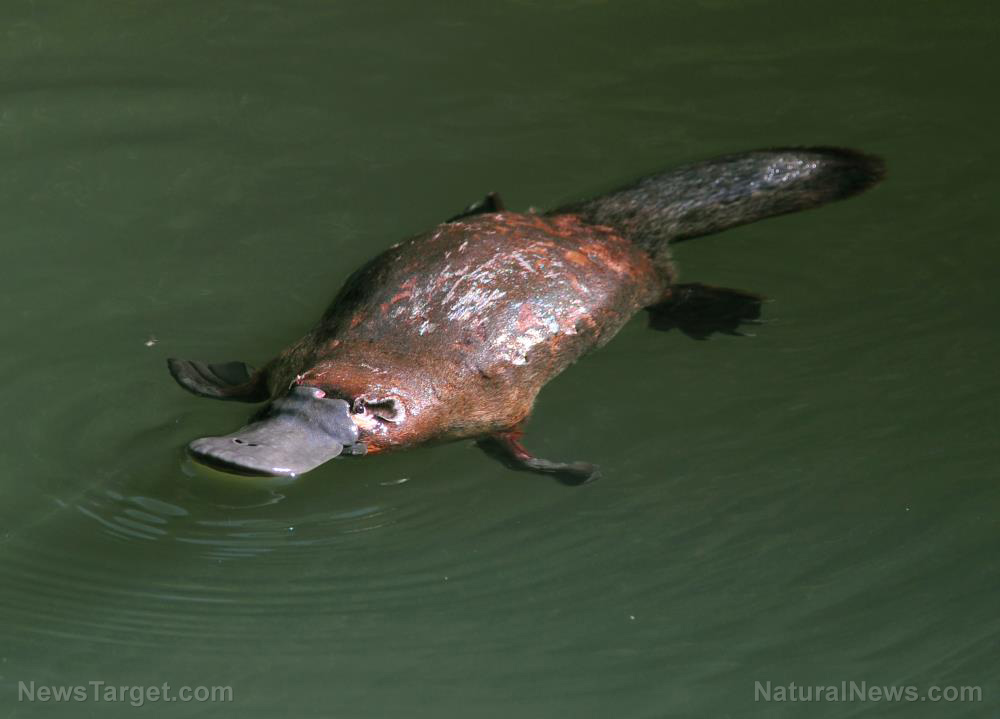Conserving biodiversity in active pastures: The ecosystem can be preserved with scattered trees, according to research
01/29/2019 / By Janine Acero

A recent study published in the journal Agriculture, Ecosystems & Environment revealed how scattered trees in active pastures promote biodiversity of the ecosystems around the area and help support forest recovery.
Forests provide habitats and resources to a wide range of species, but as large areas of forests have been cleared and modified for growing crops and producing livestock, many of these areas are transformed into pastures with scattered trees.
Studies have explored the importance of scattered trees in preserving species biodiversity within agricultural systems. One such study, titled How scattered trees matter for biodiversity conservation in active pastures, was conducted by a team from the Federal University of Lavras.
The researchers investigated an area of 618.59 hectares in southeastern Brazil composed of active pastures of signal grass(Urochloa decumbens), with scattered trees and forest patches. The researchers surveyed all the scattered trees in the active pastures and in 60 plots measuring 200 square meters within eight forest patches.
The team then assessed regeneration, distance of propagules (bud or spore) source, grass cover, microclimate, seed rain, and soil compaction under scattered tree crowns and in samples in the pastures without scattered trees.
The findings revealed that scattered tree communities are highly diverse. The researchers associated this with the landowners’ preference for large tree species over small ones during the clearing process for pasture, selecting the trees based on their shading capability, which maintains a highly diverse community of trees. The team found this to be the major difference between forest patches and scattered tree communities.
In addition, the researchers found that the scattered trees strongly affect seed rain and sapling regeneration. Only a few tree species are able to regenerate under the scattered trees, although many more are dispersed in the sites. The scattered trees were also found to reduce soil compaction and improve microclimate. The team noted that the positive effects of the scattered trees on these variables depend on the distance from forest remnants.
The findings suggested that areas with scattered trees may help support the preservation of ecosystems by providing habitats and resources around the fragmented agricultural landscapes, which could promote forest recovery.
Findings consistent, worldwide
A similar study conducted in Costa Rican pastures surveyed the density and species composition of scattered trees occurring in pastures of 24 dairy farms near Monteverde, Costa Rica. The research team interviewed farmers to determine why they leave trees in pastures and how they manage them.
The researchers retrieved some common reasons cited by the farmers, such as shade for cattle, timber, fruits for birds and fence posts. Most farmers expressed interest in increasing tree cover within their pastures for the economic and ecological benefits that these trees could provide.
Another study took this whole premise on a global scale, with a meta-analysis on the role of scattered trees in conserving biodiversity in agricultural ecosystems. The research team looked into a total of 62 studies that contained suitable data for the quantitative analyses and found that the local abundance of animal species such as arthropods and vertebrates, as well as woody plants was 60 percent to 430 percent greater and overall species density was 50 percent to 100 percent higher in areas with scattered trees than in nearby open areas.
The researchers posited that areas with scattered trees can be regarded as keystone structures for animal species and terrestrial plants in landscapes worldwide, promoting greater levels of biodiversity than open areas.
For more stories on biodiversity and conservation efforts, visit Ecology.news.
Sources include:
Tagged Under: active pastures, agricultural systems, agriculture, biodiversity, conservation, Ecology, ecosystems, environment, forest patches, forest recovery, forest remnants, habitat, habitats, microclimate, resources, scattered trees




















